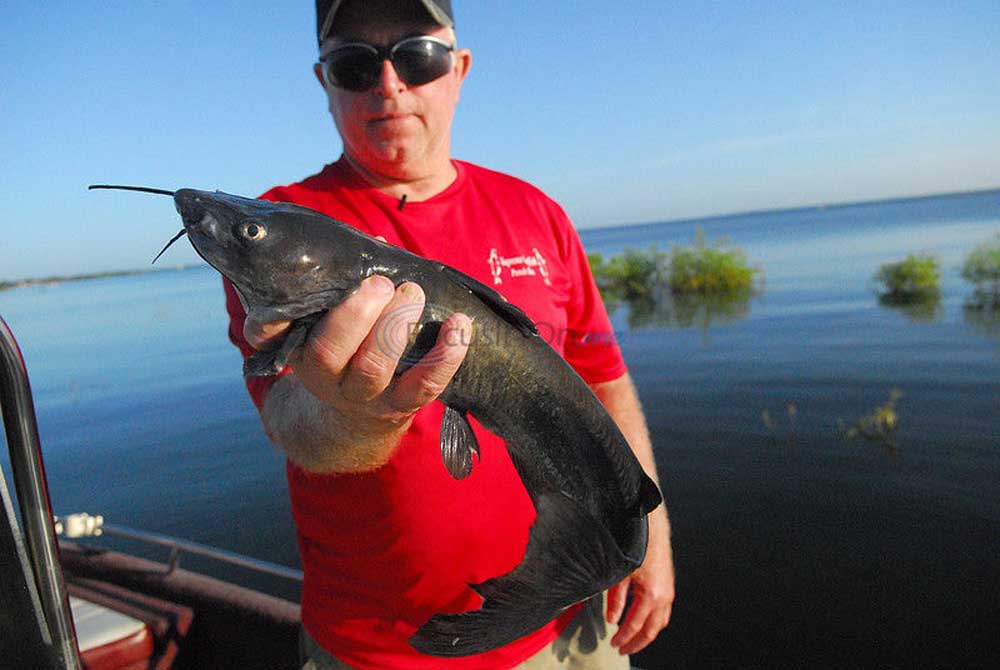Proposed Tawakoni catfish regulation a compromise solution
Published 9:46 pm Wednesday, February 10, 2016

- STEVE KNIGHT/texasalloutdoors.com IN AN EFFORT TO PROTECT Lake Tawakoni’s trophy catfish fishery while still allowing other fishermen to take fish home, Texas Parks and Wildlife Department is considering a regulation change for blue and channel catfish.
Compromise. It is a lost concept these days.
Compromise is what two sides used to do when they had different views on a subject and needed a solution. It offered a little something for both instead of a deadlocked situation that was all or nothing.
Trending
The art of compromise seemed to disappear about the time Facebook arrived, until now. Texas Parks and Wildlife Department is trying to light a fire under the concept again with its proposed catfish regulation on Lake Tawakoni that would allow meat fishermen to continue to have a liberal harvest while protecting bigger fish for an established trophy blue catfish fishery.
The old regulations allowed fishermen to keep a combination of up to 25 blue and channel catfish daily with a 12-inch minimum length limit. The new proposal retains the 25-fish daily bag limit for the two species, but replaces the 12-inch minimum with a restriction of only seven fish exceeding 20 inches, but only two of those will be allowed to be more than 30 inches.
The whole idea for a change was brought to the department by fishermen interested in protecting the trophy aspect who had become concerned about increased harvest of the rare big fish.
“They felt there was an issue. We hadn’t shown any evidence of a biological problem, but we were concerned because it is a unique fishery. There is the potential that if you don’t provide additional protection it will be impacted,” said Kevin Storey, TPWD Inland Fisheries district biologist over Tawakoni.
Lake Tawakoni is to big catfish fishing what Lake Fork is to bass fishing. It is the state’s poster lake. Cabela’s King Kat Tournament Trail, the premier catfish tournament circuit, annually opens its season on Tawakoni where in 2013 a tournament record five-fish, 239.8-pound stringer was posted. In 2014 it took 217.5 pounds to win. Last year the tournament was won with 195 pounds, disappointing by Tawakoni standards, but understandable with the rapid rise in the water level at the time.
The single fish lake record is 87.5 set in February 2014, well shy of the state record of 121.5 from Lake Texoma. There have been reports of larger fish caught on Tawakoni, but they weren’t officially weighed.
Trending
In recent years most guides have adopted a rule of turning back everything over 10 pounds to protect the big fish. However, the department realizes that traditional catfish fishermen are after meat, and they wanted to offer them protection as well.
“There are going to be people opposed who want a more liberal regulation, and people on other end who want stricter regulations. It has always been a place of harvest. You can’t just take that away from people,” Storey said.
He said a number of ideas were bounced around including a trophy tag like the one for redfish on the Texas Gulf Coast. Every fisherman receives one tag annually for a red over the state minimum of 28 inches. A second tag may be purchased for $3.
In coming up with its proposal, department biologists went with a plan that is part biological science and part sociology.
“A lot of this is based on modeling work done at the Heart of the Hills Research Center. They looked at age and growth information and the creel and gill netting information we gathered and they came up with three or four options that would all act similarly,” Storey said.
He described the regulation being considered as working something like a slot limit, but with the ability to harvest some fish in the protected size.
“They determined if we protect fish from 20-30 inches that probably will increase the number of fish coming out the upper end,” Storey explained.
The strict 30-inch threshold for an even more reduced harvest is more sociology than science. It was picked because that is the self-imposed limit utilized by the guides. Storey said a 30-inch blue cat on Tawakoni averages about 10 pounds.
Hopefully this compromise makes most people happy, but who knows. That has seemingly become an impossible task these days.
Either way the public can send comments by phone or e-mail regular mail by sending them to Ken Kurzawski, (512) 389-4591; ken.kurzawski@tpwd.texas.gov; or Ken Kurzawski at Texas Parks and Wildlife Department, 4200 Smith School Road, Austin, Texas 78744.
A public hearing on this and other fisheries proposals is scheduled for 7 p.m. March 1 in Emory at the Emory City Center on Texas Highway 19 North.
Comments may also be submitted through the department’s Internet web site www.tpwd.texas.gov.
Have a comment or opinion on this story? Contact outdoor writer Steve Knight by email at outdoor@tylerpaper.com. Follow Steve Knight on Facebook at Texas All Outdoors and on Twitter @txalloutdoors.






